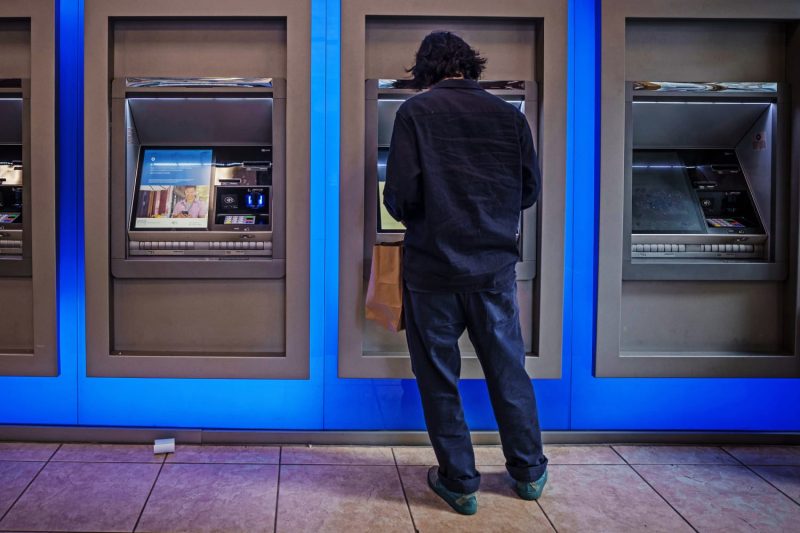
Despite Huge Cuts in Overdraft Fees, Customers Shelled out a Whopping $2.2B Last Year!
Despite efforts by big banks to reduce overdraft fees in response to sustained criticism and regulatory scrutiny, such fees continue to contribute significantly to the banks’ revenue streams. An analysis of the most recent financial year data shows customers paying an estimated $2.2 billion, even as major banks slashed their overdraft fees in an attempt to promote fairness and transparency.
Overdraft fees are charges incurred when a customer’s checking account balance drops below zero, prompting the bank to step in to cover the difference. These bank fees have long been a controversial subject, as they disproportionately affect low-income households who are most likely to overdraft their accounts. The $2.2 billion figure indicates the formidable scale of the problem and the limits of the strides made by big banks towards rectifying the situation.
Several of America’s largest banks, including Bank of America, Wells Fargo, and JP Morgan Chase, took decisive action to cut overdraft fees. This move was primarily in response to regulatory pressures and criticism from public and advocacy groups, which maintain that overdraft fees are a regressive form of revenue that impact those with the most precarious financial situations. Additionally, the increasing competition from fintech companies offering lower or non-existent overdraft fees is pushing these banks to reassess their charges.
However, these reductions have done little to dent the overall figures. One reason for the high remaining total is the prevalence with which the fees continue to be charged, despite the cuts. Overdraft fees often occur multiple times, quickly amounting to significant charges for the account holders.
Another factor contributing to the persistently high overdraft charges is the complex structure and lack of transparency surrounding these fees. While big banks have made efforts to simplify their overdraft fees schedules, many customers still find themselves blindsided by the costs.
The focus on reducing overdraft fees is an important step towards increasing equity and fairness in banking. However, the figure of $2.2 billion in overdraft charges indicates that there is still a long way to go before these fees no longer constitute a significant burden to customers.
Digital-led banks and fintech companies are leading the way in the no overdraft fee movement, noting its ethical appeal and marketing potential. Traditional big banks must remain innovative and proactive to compete with these trends and answer public calls to further reduce overdraft fees.
Industry analysts predict that as more consumers become aware of this fee structure and alternative banking options, there may be a continued move away from traditional banking institutions, pushing big banks to redefine their revenue strategies that are less dependent on overdraft fees.
In summary, it is clear that while big banks have made notable strides in reducing overdraft fees, progress remains limited. The total of $2.2 billion in overdraft fees last year illustrates the persistent challenge of overdraft charges in the banking industry. Moreover, it serves as a stark reminder of the need to further reduce these costs and promote fair financial practices for all banking consumers.
